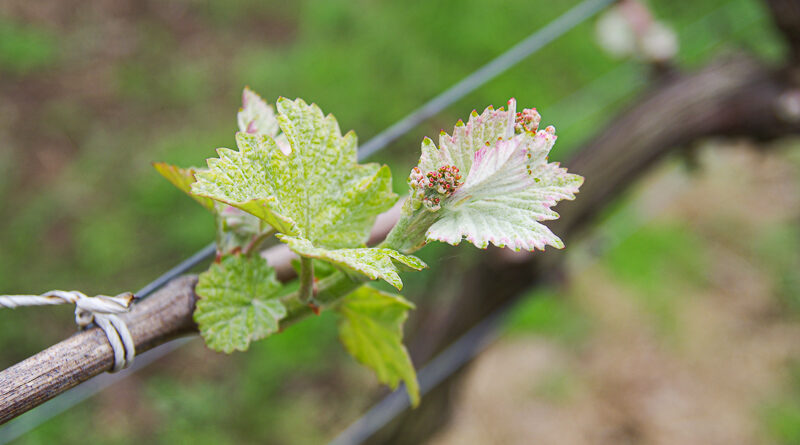Why Pinot Meunier is weird (but wonderful)
Pinot Meunier is an unusual grape variety. Technically, of course, it is not a variety at all. It is a clone of the Pinot grape variety, along with Pinot Noir, Pinot Gris and Pinot Blanc. This family of four ‘varieties’ are the result of some very visual mutations to Pinot Noir, the ancestral variety, and the mutation that has caused Pinot Meunier is perhaps the most curious of all.
An aside is needed here: there is a move in the Champagne region to call Pinot Meunier simply ‘Meunier’. There’s no logic for this, because the four clones (which we regard as separate varieties, even though they aren’t) are very much related. The interesting thing about Pinot Meunier is that it has received a lot of attention as a sparkling wine grape, but there are very few varietal still Pinot Meuniers. I don’t know why, because the ones I have had have all been interesting wines.
So what is strange about Pinot Meunier? First of all, it looks very different. If you see it in the vineyard you can spot it almost immediately because it has a silvery sheen that comes from fine hairs that cover the leaves. Indeed, the name meunier stems from a French word for ‘miller’, as it looks like the leaves have had flour sprinkled on them. But the real difference lies in some curious genetic mutations.
Let’s begin with the concept of a meristem. Plants grow via meristems, which are regions of active cell division. There are two major meristems in plants, the shoot apical meristem and root apical meristem. These are areas where there is continued division of undifferentiated cells, that then go on to form the various parts of the plant. In the shoot apical meristem of grapevines, there are two layers (many other plants have three). Layer 1 forms the epidermis of the plant, and the cells here divide in just one plane (anticlinally, which is perpendicular to the surface of the plant). Layer 2 forms the rest of the plant, and the cells here divide in two planes (periclinally and anticlinally).
If a mutation occurs in just one of these layers, it can lead to a situation known as chimaerism, where the two cell layers have genetic differences. This is what has occurred in Pinot Meunier.
In Pinot Meunier, the outer layer, L1, has experienced a mutation in a gene called GAI1, which makes this cell layer unresponsive to a plant hormone called gibberellin. However, the inner layer, L2, doesn’t have this mutation, and can respond to gibberellin.
In 2002, in a paper published in the prestigious scientific journal Nature, Paul Boss and Mark Thomas described a very interesting experiment. They took some cells from each of the two layers of Pinot Meunier, and via a process known as somatic embryogenesis produced two vines. One was from layer 2, and was indistinguishable from Pinot Noir. The second was from layer 1, which had the GAI1 mutation, and it produced a very unusual vine indeed.
This gibberellin-unresponsive vine was dwarf (much smaller than the parent vine) and had flower clusters appearing all along the shoot where normally you would expect to find tendrils. This research showed two things: first, that gibberellins inhibit flowering in grapevine; and second, that the grapevine tendril is a modified inflorescence, which is stopped from developing as a flower by the gibberellins. This ‘microvine’ has been used in research, where its smaller size and excessive flower cluster production (so berry development can be studied throughout the growing season) can be useful features.
With both L1 and L2 layers genetically different, the result is Pinot Meunier, a chimaera, with the phenotype of Pinot Noir (which it is, varietally speaking) altered by the lack of gibberellin responsiveness in the outer layer.




